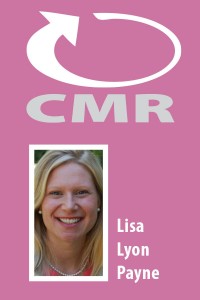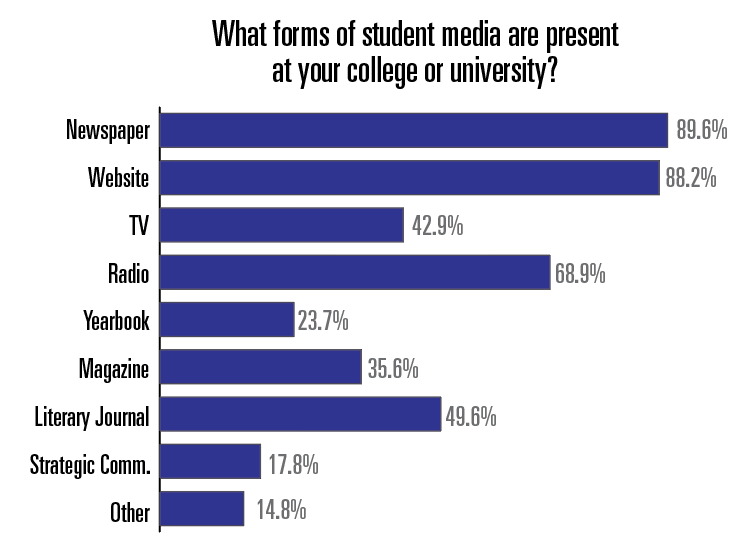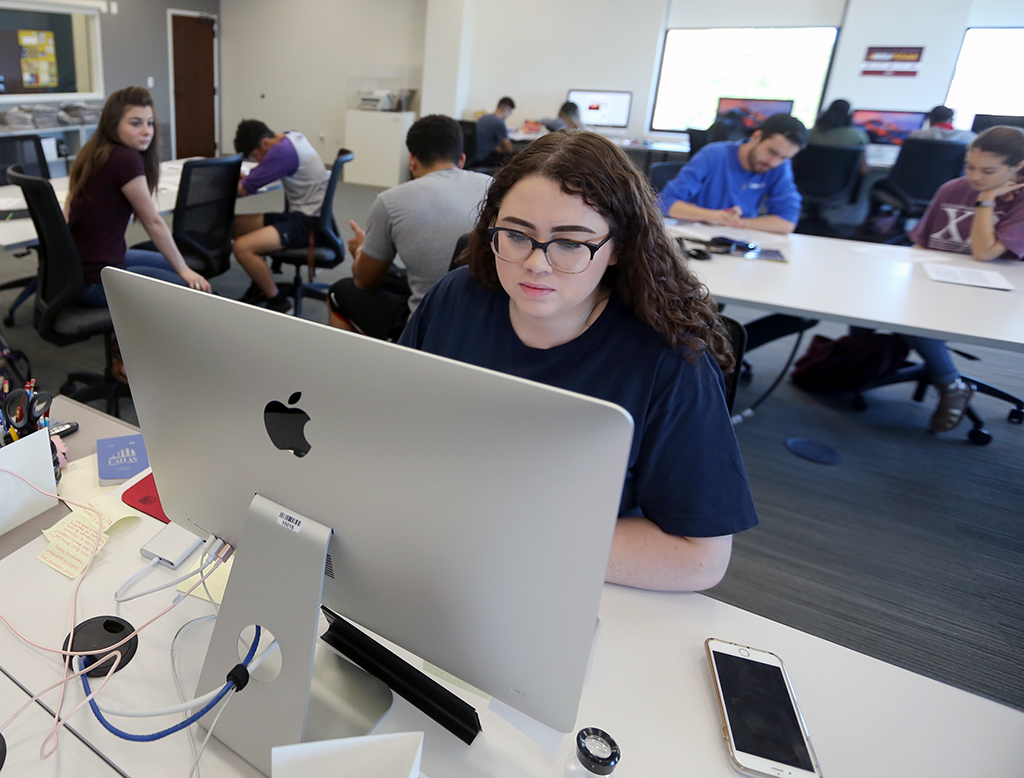An Examination of the State of College Newspapers in a Turbulent Time
By Lisa Lyon Payne
Virginia Wesleyan College
Abstract: This paper provides an initial investigation of the current state of the college newspapers among liberal arts schools in the southeast. An online survey using both open and closed-ended questions examines variables such as method and frequency of publication, use of advertising and online presence. Only 37.5% of respondents reported having a journalism program at their institution, and those who contributed to the student newspaper came from majors ranging from biology to philosophy. While a full 100% of respondents reported having advertising in their college newspapers, about one-third of respondents reported they did not have an online edition of the paper. Most publications were fewer than 10 pages and did have a faculty adviser to the publication. Of the schools that participated, a majority said there is no class credit associated with their publications. Also of interest, just more than half of respondents stated staff writers receive some form of compensation for their contributions to the publication; where this compensation comes from varies.
 Introduction
Introduction
What do Twitter, the iPad and a campus newspaper have in common? Current literature suggests that all three are a preferred communication choice for many of today’s college students (The Washington Times, March 8, 2012). Despite the slow and agonizing decline of traditional newspapers, research indicates that even in this modern, wireless world of communication, many college students gravitate toward the print version of their campus newspaper over an electronic version. Additionally, despite the woes of the traditional news daily, many student newspapers appear to be weathering the storm with fewer economic troubles (Keller 2008, Supiano 2012).
Continue reading “Research Spotlight: Black and White and Still Read All Over”
 The fourth annual “State of College Media” survey provides a snapshot of what college media operations face and also identifies industry trends. Approximately 135 CMA members nationwide completed the survey, which was distributed electronically on June 4, 2020.
The fourth annual “State of College Media” survey provides a snapshot of what college media operations face and also identifies industry trends. Approximately 135 CMA members nationwide completed the survey, which was distributed electronically on June 4, 2020. Continue reading “Survey: College media continue despite pandemic”
Continue reading “Survey: College media continue despite pandemic”
